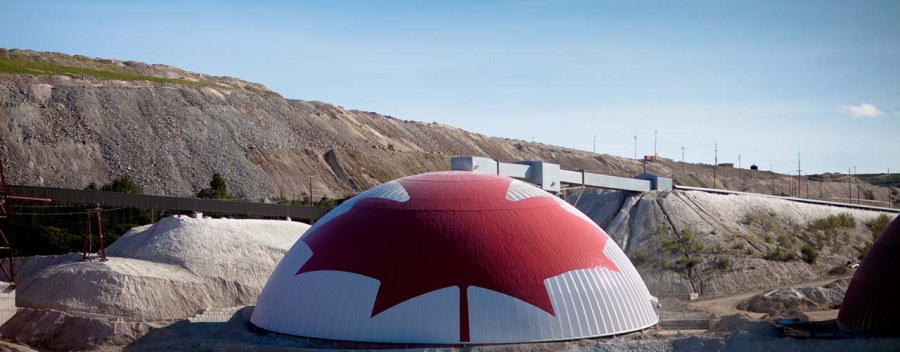
Commodity prices have been on a downward trend for the past five years, which has put pressure on the budgets and operations of British Columbia’s (BC) mining companies in 2015. According to the annual PwC BC Mining Industry Survey for 2015 the continued drop in the price of key metals and minerals, particularly metallurgical coal and copper, has led to a number of mines in BC being put into care and maintenance until prices recover. Despite difficult market conditions some mining companies in BC are advancing projects which is a sign that the worse could be behind us.
The PwC survey found aggregate gross mining revenues fell to $7.7 billion in 2015, compared to $8.2 billion in 2014. On the positive side, cash flow from operations remained consistent with 2014 at $1.7 billion . As a result of ongoing market volatility capital expenditures are declining with overall spend down to $1.2 billion in 2015, compared to $1.5 billion in 2014.
“What we saw in 2015, was another tough year of continued downturn in commodity prices, which remain the biggest threat to the industry’s profitability,” said Mark Platt , Partner and Leader of PwC’s BC mining practice. “Still, BC’s mining industry is proving resilient. While most mining companies have been cutting spending and curtailing operations to help withstand the current price environment, others are raising money and advancing projects.”
Commodity pricing
The average US dollar price for key mining commodities produced in BC fell in 2015 compared to a year earlier, and are down significantly from record or near-record highs five years ago. Since then, China’s economy has slowed and its demand for coal, copper and zinc have dropped as a result.
Copper, BC’s second-largest commodity by revenues, was hit hard in 2015, with the biggest slide in revenues. The price of copper averaged US$2.50 /lb in 2015, compared to US$3.12 /lb in 2014. That compares to early 2011, when copper traded at a record of just over US$4.60 per pound.
Metallurgical coal prices were hovering around US$84 per tonne in the spring of 2016. The price of metallurgical coal has been on a downward slide since reaching a record of around US$330 per tonne in 2011, which is when major flooding in Australia created supply shortages. Since then, a slowdown in Chinese steel production has decreased demand for the steelmaking ingredient.
Looking forward
Despite 2015 being another challenging year for metal and coal prices, there is some optimism that the worst is over, spurred by a recent uplift in gold and silver prices. BC miners, however, remain hunkered down, hoping for the best, but planning for challenging times to continue.
While investment and output are down, the sector has been working on initiatives to help ease the pressure on the industry overall. For example, a program was announced by the BC government in early 2016 to allow certain operating mines to defer up to 75% of their power bills for two years.
“There are also new projects that are forging ahead, which is a positive sign for the future of mining in BC” said Platt. “This demonstrates the stamina of the industry in difficult times and the confidence investors have in the experienced management teams behind these operations. It also reflects the optimism that the industry will bounce back.”
About PwC Canada
At PwC Canada, our purpose is to build trust in society and solve important problems. More than 6,500 partners and staff in offices across the country are committed to delivering quality in assurance, tax, consulting and deals services. PwC Canada is a member of the PwC network of firms with more than 208,000 people in 157 countries. Find out more and tell us what matters to you by visiting us at www.pwc.com/ca.